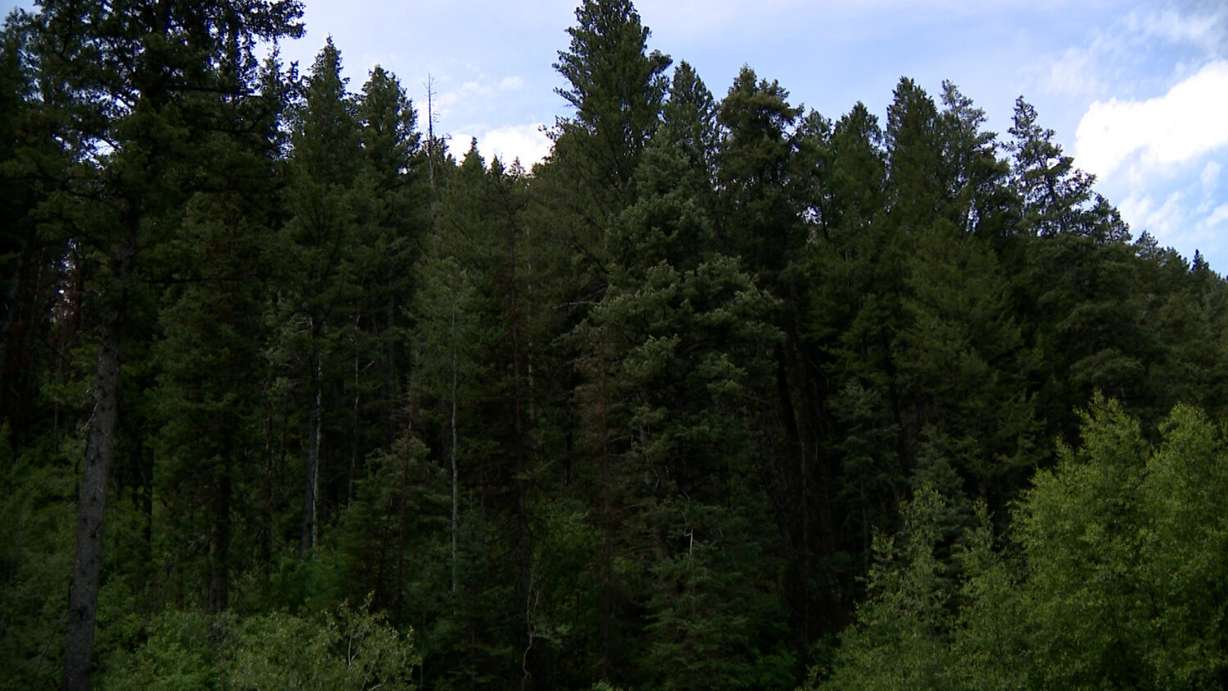- The USDA plans to rescind the 2001 'Roadless Rule' to mitigate wildfires.
- Some officials argue better access could help reduce fuel and fire intensity.
- Critics fear the change may prioritize development over conservation, risking natural ecosystems.
SALT LAKE CITY — The United States Department of Agriculture's announced intentions to rescind a 2001 roadless rule is being touted as a chance for better mitigation of wildland areas to reduce risk for catastrophic wildfires.
Taiga Rohrer, deputy state fire management officer with Forestry, Fire, and State Lands, said the majority of roadless areas in national forests in Utah are that way because of the steep terrain. Still, he said there are some areas that could benefit from better access.
"We've reached critical mass, which is why you see all these large, destructive and more intense fires," Rohrer explained. "Having the tools to be able to more efficiently and effectively reduce fuels, which may include building a road or reopening road, is going to be helpful."

Some conservation groups, however, question the true intention behind calling for the rule change. Tim Peterson, cultural landscapes director with the Grand Canyon Trust, believes the apparent focus on wildfire mitigation may be more of a distraction.
"Through the opening six months of the Trump administration, there have been lots of proposals to open our public lands to oil and gas, to additional development, even land sales," Peterson said.
He also questions whether far-away forest areas could really benefit from mitigation efforts more than natural wildfires, adding that more prevention efforts should be focused on more populated areas.

"We need to focus our limited resources on front country areas near communities in the wildland urban interface," Peterson said. "These inventory roadless areas in Utah for the most part, are remote, backcountry areas."
Bradley Washa, an assistant professor in wildland fire science at Utah State University, said better access to wilderness areas could be beneficial.
"Within Utah, these areas once historically experienced natural fire. And these are fire-dependent ecosystems that need fire. We've largely excluded that with our suppression practices," Washa said.
At the same time, Washa added that access can bring greater risk.
"It also opens up the area where the public can go and accidentally start fires," he said.









